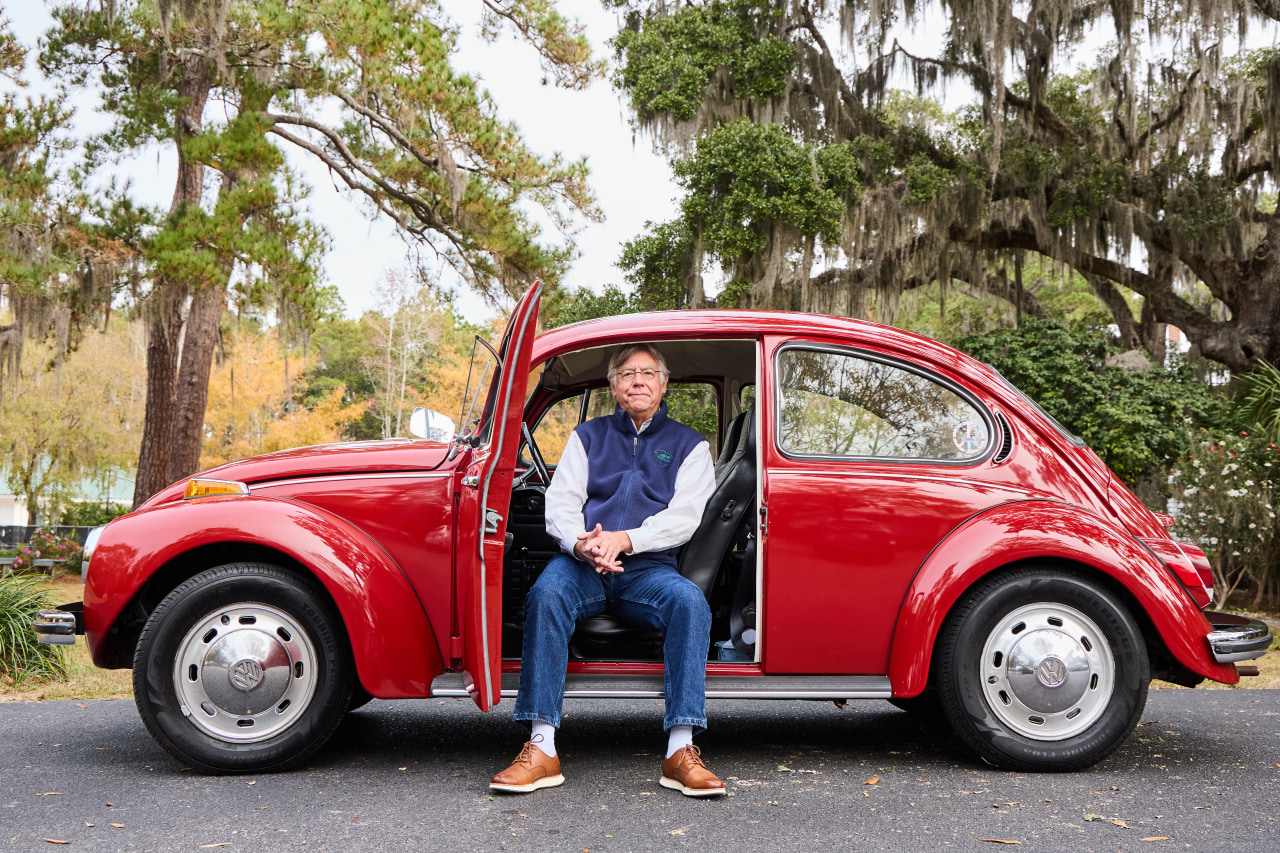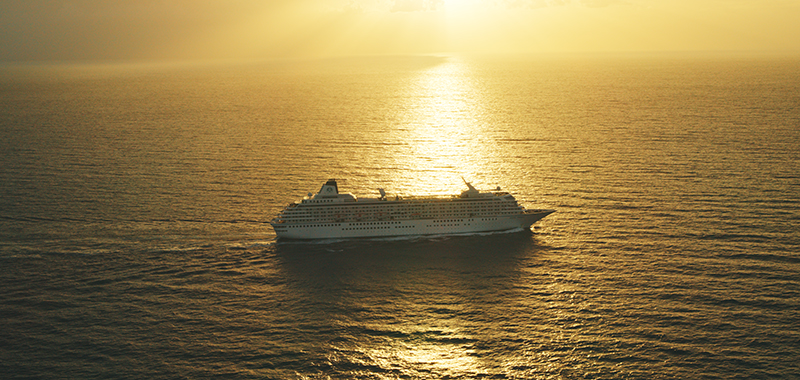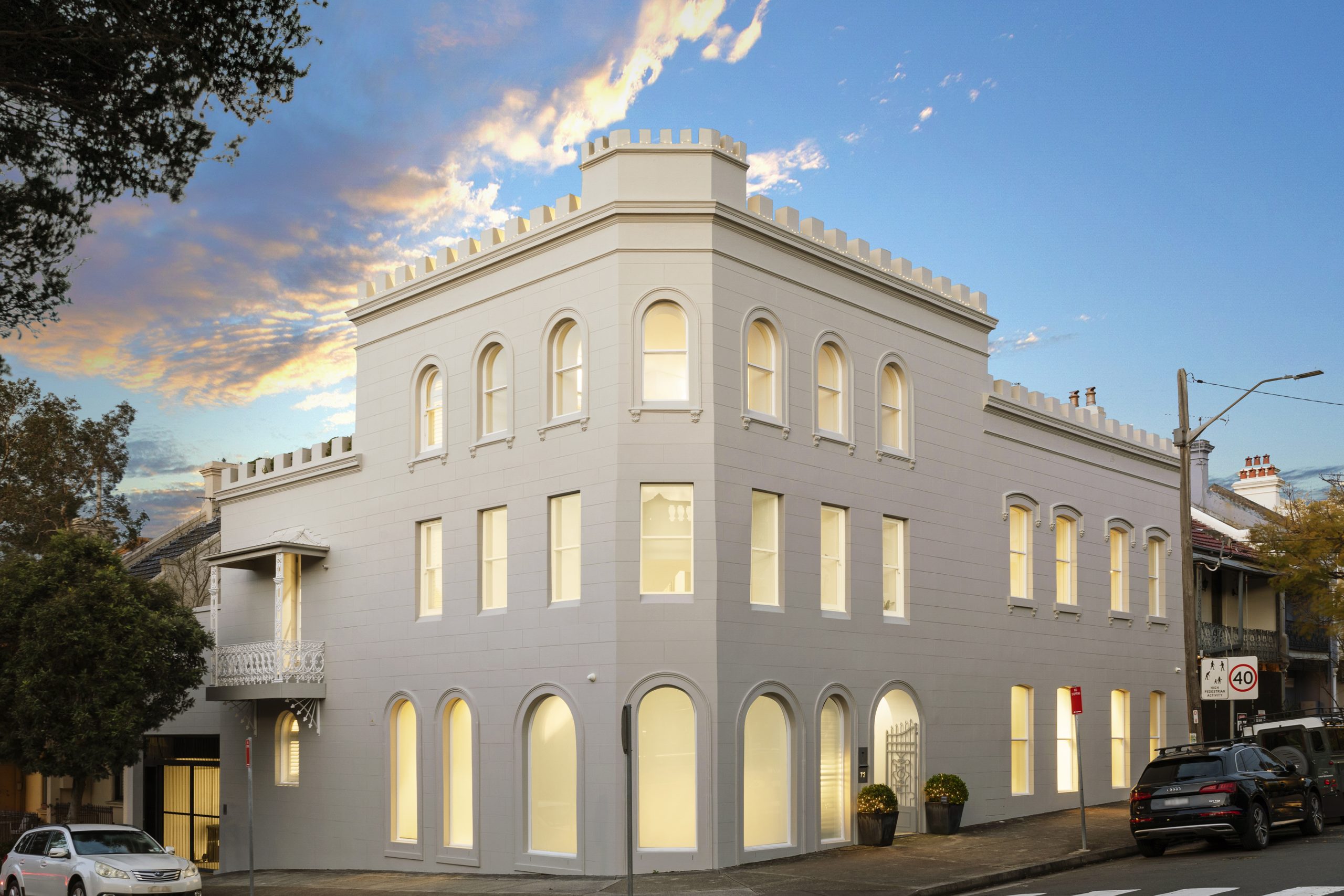A Psychologist Explains How AI and Algorithms Are Changing Our Lives
Behavioural scientist Gerd Gigerenzer has spent decades studying how people make choices. Here’s why he thinks too many of us are now letting AI make the decisions.
In an age of ChatGPT, computer algorithms and artificial intelligence are increasingly embedded in our lives, choosing the content we’re shown online, suggesting the music we hear and answering our questions.
These algorithms may be changing our world and behaviour in ways we don’t fully understand, says psychologist and behavioural scientist Gerd Gigerenzer, the director of the Harding Center for Risk Literacy at the University of Potsdam in Germany. Previously director of the Center for Adaptive Behaviour and Cognition at the Max Planck Institute for Human Development, he has conducted research over decades that has helped shape understanding of how people make choices when faced with uncertainty.
In his latest book, “How to Stay Smart in a Smart World,” Dr. Gigerenzer looks at how algorithms are shaping our future—and why it is important to remember they aren’t human. He spoke with the Journal for The Future of Everything podcast.
The term algorithm is thrown around so much these days. What are we talking about when we talk about algorithms?
It is a huge thing, and therefore it is important to distinguish what we are talking about. One of the insights in my research at the Max Planck Institute is that if you have a situation that is stable and well defined, then complex algorithms such as deep neural networks are certainly better than human performance. Examples are [the games] chess and Go, which are stable. But if you have a problem that is not stable—for instance, you want to predict a virus, like a coronavirus—then keep your hands off complex algorithms. [Dealing with] the uncertainty—that is more how the human mind works, to identify the one or two important cues and ignore the rest. In that type of ill-defined problem, complex algorithms don’t work well. I call this the “stable world principle,” and it helps you as a first clue about what AI can do. It also tells you that, in order to get the most out of AI, we have to make the world more predictable.
So after all these decades of computer science, are algorithms really just still calculators at the end of the day, running more and more complex equations?
What else would they be? A deep neural network has many, many layers, but they are still calculating machines. They can do much more than ever before with the help of video technology. They can paint, they can construct text. But that doesn’t mean that they understand text in the sense humans do.
Does being able to understand how these algorithms are making decisions help people?
Transparency is immensely important, and I believe it should be a human right. If it is transparent, you can actually modify that and start thinking [for] yourself again rather than relying on an algorithm that isn’t better than a bunch of badly paid workers. So we need to understand the situation where human judgment is needed and is actually better. And also we need to pay attention that we aren’t running into a situation where tech companies sell black-box algorithms that determine parts of our lives. It is about everything including your social and your political behaviour, and then people lose control to governments and to tech companies.
You write that “digital technology can easily tilt the scales toward autocratic systems.” Why do you say that? And how is this different from past information technologies?
This kind of danger is a real one. Among all the benefits it has, one of the vices is the propensity for surveillance by governments and tech companies. But people don’t read privacy policies anymore, so they don’t know. And also the privacy policies are set up in a way that you can’t really read them. They are too long and complicated. We need to get control back.
So then how should we be smart about something like this?
Think about a coffee house in your hometown that serves free coffee. Everyone goes there because it is free, and all the other coffee houses get bankrupt. So you have no choice anymore, but at least you get your free coffee and enjoy your conversations with your friends. But on the tables are microphones and on the walls are video cameras that record everything you say, every word, and to whom, and send it off to analyze. The coffee house is full of salespeople who interrupt you all the time to offer you personalised products. That is roughly the situation you are in when you are on Facebook, Instagram or other platforms. [Meta Platforms Inc., the parent company of Facebook and Instagram, declined to comment.] In this coffee house, you aren’t the customer. You are the product. So we want to have a coffee house where we are allowed again to pay [for] ourselves, so that we are the customers.
We’ve seen this whole infrastructure around personalised ads be baked into the infrastructure of the internet. And it seems like it would take some pretty serious interventions to make that go away. If you’re being realistic, where do you think we’re going to be headed in the next decade or so with technology and artificial intelligence and surveillance?
In general, I have more hope that people realise that it isn’t a good idea to give your data and your responsibility for your own decisions to tech companies who use it to make money from advertisers. That can’t be our future. We pay everywhere else with our [own] money, and that is why we are the customers and have the control. There is a true danger that more and more people are sleepwalking into surveillance and just accept everything that is more convenient.
But it sounds so hard, when everything is so convenient, to read privacy policies and do research on these algorithms that are affecting my life. How do I push back against that?
The most convenient thing isn’t to think. And the alternative is start thinking. The most important [technology to be aware of] is a mechanism that psychologists call “intermittent reinforcement.” You get a reinforcement, such as a “Like,” but you never know when you will get it. People keep going back to the platform and checking on their Likes. That has really changed the mentality and made people dependent. I think it is very important for everyone to understand these mechanisms and how one gets dependent. So you can get the control back if you want.
This interview has been condensed and edited.
 Copyright 2020, Dow Jones & Company, Inc. All Rights Reserved Worldwide. LEARN MORE
Copyright 2020, Dow Jones & Company, Inc. All Rights Reserved Worldwide. LEARN MORE
Formula 1 may be the world’s most glamorous sport, but for Oscar Piastri, it’s also one of the most lucrative. At just 24, Australia’s highest-paid athlete is earning more than US$40 million a year.
From gorilla encounters in Uganda to a reimagined Okavango retreat, Abercrombie & Kent elevates its African journeys with two spectacular lodge transformations.
Jeff Siegrist couldn’t take his mind off the car he sold in 1996. So he set out to track it down.
Locals in Pawleys Island have a special affection for classic vehicles. The coastal South Carolina town is home to many nostalgic retirees, and on weekends its streets see plenty of restored ‘60s-era muscle cars.
Of all the classics motoring past Parlor Doughnuts on Ocean Highway, none has captured the community’s attention like Rudolph the Red-Nosed Volkswagen.
“Everybody in town rubber necks and waves when this Beetle drives by,” says Rev. Wil Keith, a 47-year-old priest. “It’s one of the much-adored cars in our little town right now.”
It is a 1971 red Super Beetle and its story is special.
Jeff Siegrist was a student at the University of Tennessee when he first set eyes on her at a Knoxville dealership.
Siegrist pounced, handing over his father’s old Ford Falcon and $2,278.54 for the Bug. He kicked in $67.45 for an AM radio and $5.95 for a cigarette lighter.
“So that was my car from that day forward,” says Siegrist, an executive search consultant specialising in the forest products industry.
The Beetle was a sales phenomenon and a pop-culture hit that ushered in the era of mass European auto imports. It was also a Hollywood star, thanks to Herbie from the “Love Bug” movie franchise.
Siegrist road-tripped his Beetle all over. When he met his future wife, Mary, he took her on a first date in the red Bug. When the couple had their first child, the baby boy came home in the backseat.
“It was part of the family,” says Siegrist. Mary gave the car its name, around Christmas time in 1972: Rudolph.
The couple had two more children and ultimately sold the car in 1996. “It just wasn’t practical anymore,” he says. “There were tears in my eyes.”
Up to this point, the story isn’t much different from many of the more than 21.5 million original Beetles that Volkswagen sold.
But during the pandemic, things got interesting.
“I kept thinking, ‘Boy, I wish I knew where my old Beetle was,’” says Siegrist. “I wondered whether other people loved it the way my wife and I did.”
Eventually he got serious. He dug up the car’s original bill of sale, which had a vehicle identification number. He had sold the car to someone in Georgia, a quarter century earlier.
So he called the Georgia department of motor vehicles. Turns out the car was still registered and on the road. But that’s all the office would say.
Siegrist got an attorney involved. Two weeks later, the lawyer called with a name and a phone number for a woman he believed to be the current owner. So Siegrist called.
“I was shocked,” says Tracy Swift, who teaches dental hygiene at Albany State University in Georgia. “He started the conversation with, ‘You’re going to find this phone call very weird.’” Swift thought she had a stalker, and recalls Siegrist saying, “I’m not crazy, I promise. Just let me tell you my story.”
Swift did drive a 1971 Beetle. She checked the VIN number and it was a match.
Siegrist traveled to Georgia, met Swift at her office, and drove the car in the parking lot. “I didn’t want to sell the car,” she says, “but because of his story, I felt like it needed to go back to its owner. It was the sweetest story.”
They agreed on a price (he says “many times over the original cost”) and the car showed up on a truck in Siegrist’s driveway days later. It was just before Christmas in 2022.
The first thing Siegrist and his wife did was drive around the block, with tears in their eyes. “Rudolph is back!” his wife yelled as they drove.
Siegrist went digging in a bucket full of coins and junk for a key chain. At the bottom, he found Rudolph’s original key. He didn’t remember saving it.
The Beetle needed restoration. So Siegrist asked advice from someone he trusted. Enter Keith, the rector at Siegrist’s church.
“When you’re at church,” Keith says, “and the service is over and everyone is filing out, that’s when folks share, often, important information about their lives.”
Keith, it turns out, had grown up the son of a car restorer and worked on cars himself in his garage. He was not a professional. He worried if he would have enough time. But a parishioner needed help. How could he say no?
It took about a year. “Aside from the paint and some engine work,” Keith says, “I ended up doing more than I was expecting, with no complaints whatsoever. In some ways, it was like I gained a parishioner. Only it was a car.”
In 2024, Siegrist began driving Rudolph around Pawleys Island. “Rarely can I go anywhere where somebody doesn’t stop me,” he says.
“Because probably 50% of the people of my generation have owned a Beetle or have had an adventure in a Beetle. People want to know the car’s story. So I tell it.”
As for Keith, he says, “It’s a point of pride that I had a hand in it.” Like most classic car stories, this one continues.
“As soon as Jeff stops finding little things for me to fix, then the story will be over,” he says. “But he keeps finding things for me to do! Which I don’t mind one bit.”
BMW has unveiled the Neue Klasse in Munich, marking its biggest investment to date and a new era of electrification, digitalisation and sustainable design.
From Italy’s $93,000-a-night villas to a $20,000 Bowral château, a new global ranking showcases the priciest Airbnbs available in 2026.
























